Carina Brandes / Florian Krewer / Raphaela Simon
Es liebt Dich und Deine Körperlichkeit ein Verwirrter
10 Dec 2022 - 19 Feb 2023
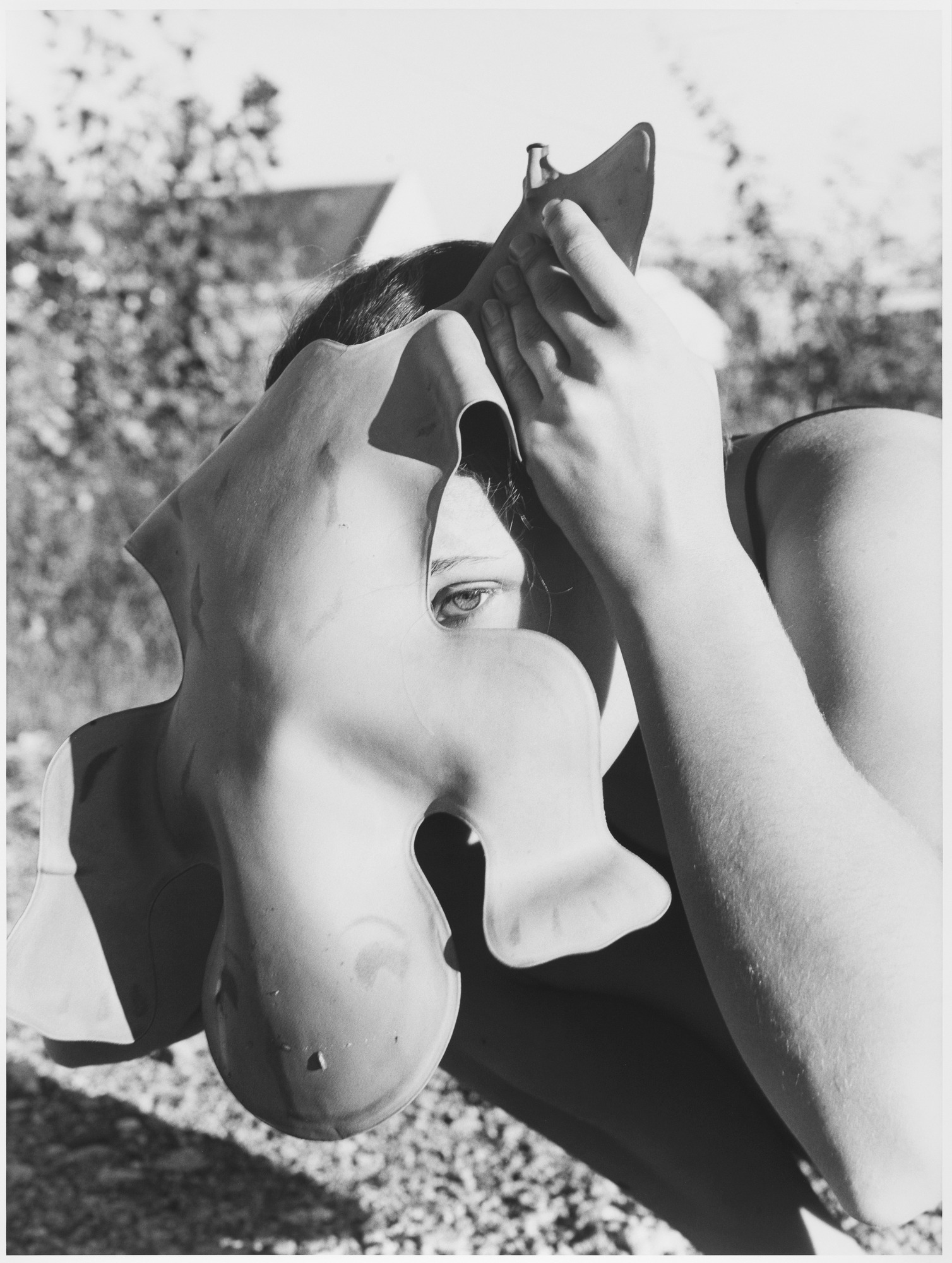
Carina Brandes
Ohne Titel, 2017
s/w-Fotografie auf Barytpapier /
b/w-photography on barite paper
130 × 98 cm
Courtesy BQ, Berlin
Ohne Titel, 2017
s/w-Fotografie auf Barytpapier /
b/w-photography on barite paper
130 × 98 cm
Courtesy BQ, Berlin
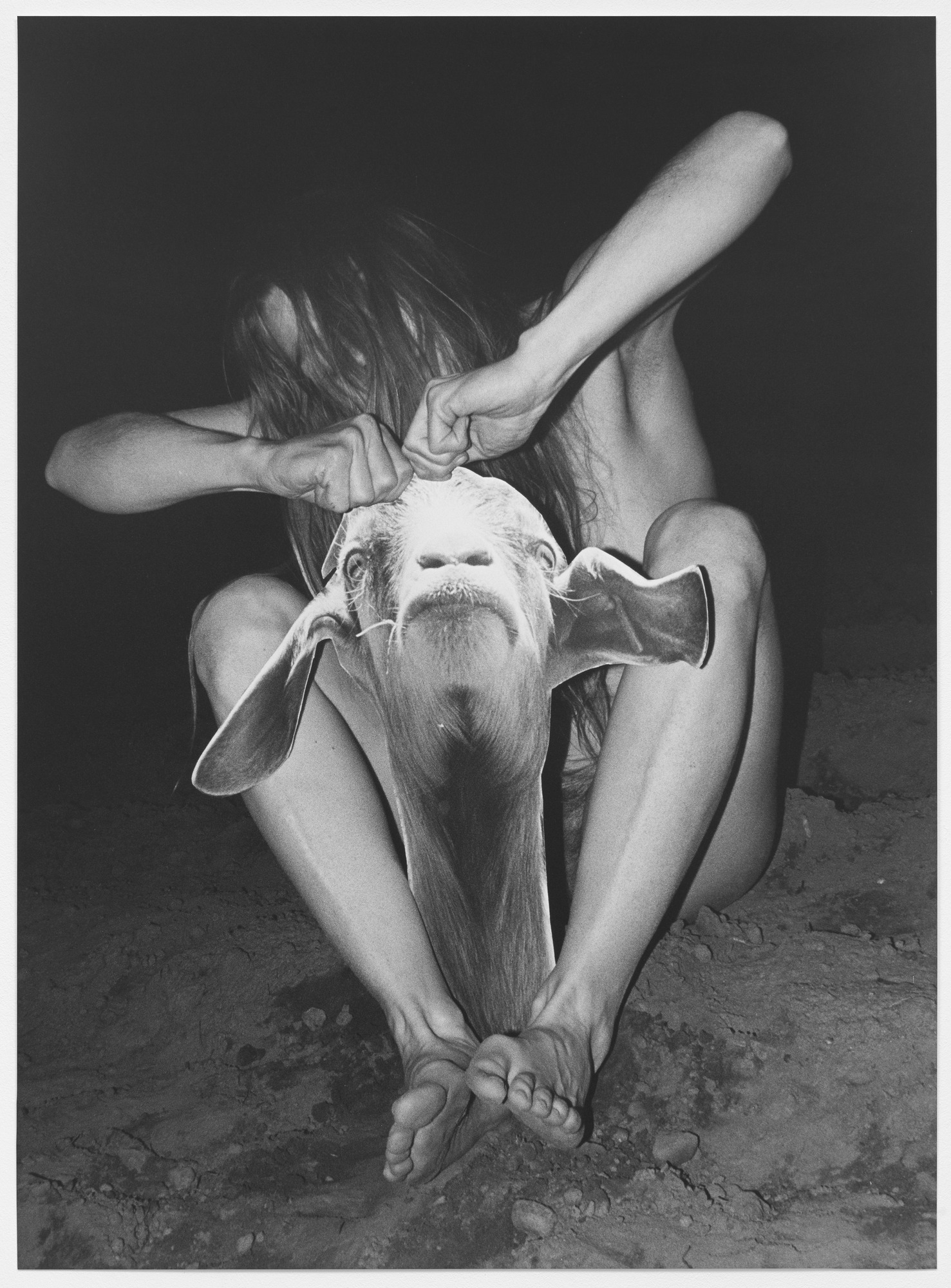
Carina Brandes
Ohne Titel, 2017
S/w-Fotografie auf Barytpapier /
b/w-photography on barite paper
95,5 × 69,9 cm
Courtesy BQ, Berlin
Ohne Titel, 2017
S/w-Fotografie auf Barytpapier /
b/w-photography on barite paper
95,5 × 69,9 cm
Courtesy BQ, Berlin
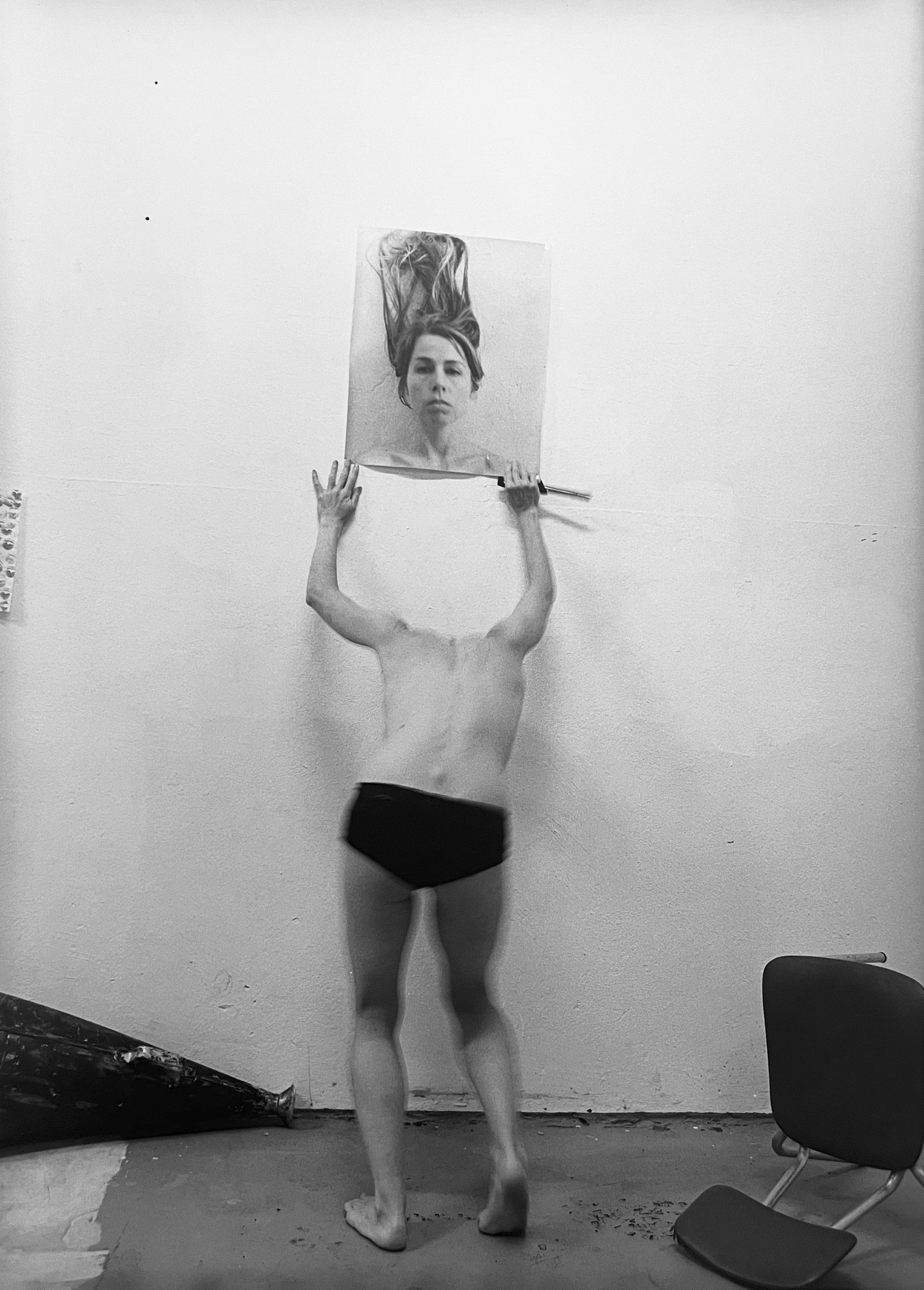
Carina Brandes
Ohne Titel, 2021
S/w-Fotografie auf Barytpapier /
b/w-photography on barite paper
63,3 × 45,5 cm
Courtesy BQ, Berlin
Ohne Titel, 2021
S/w-Fotografie auf Barytpapier /
b/w-photography on barite paper
63,3 × 45,5 cm
Courtesy BQ, Berlin
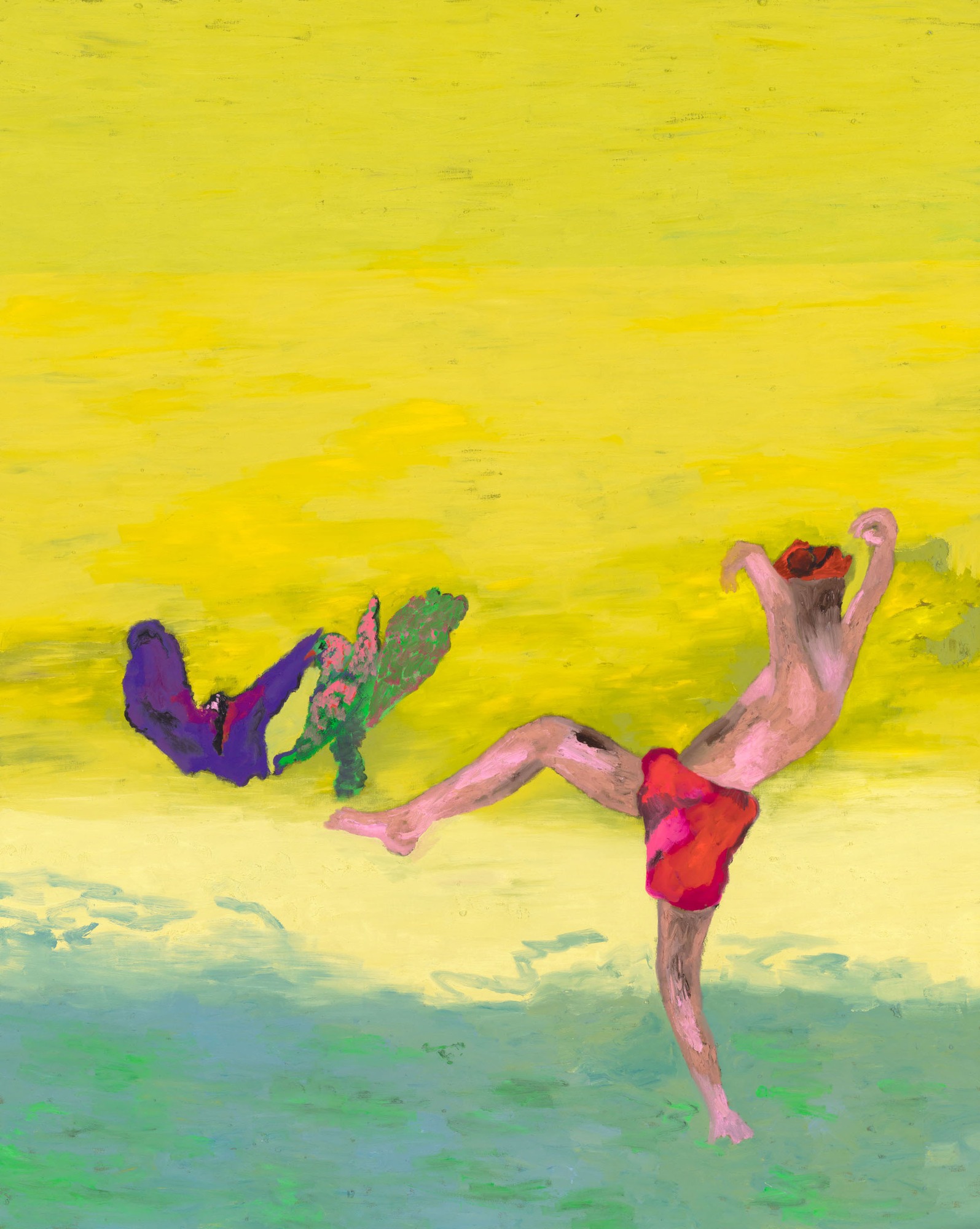
Florian Krewer
sun dance, 2022
Öl auf Leinen / Oil on linen
118 1/4 × 94 1/2 inches
Courtesy Michael Werner Gallery, New York und/and London
und/and Galerie Max Hetzler, Berlin|Paris|London
sun dance, 2022
Öl auf Leinen / Oil on linen
118 1/4 × 94 1/2 inches
Courtesy Michael Werner Gallery, New York und/and London
und/and Galerie Max Hetzler, Berlin|Paris|London
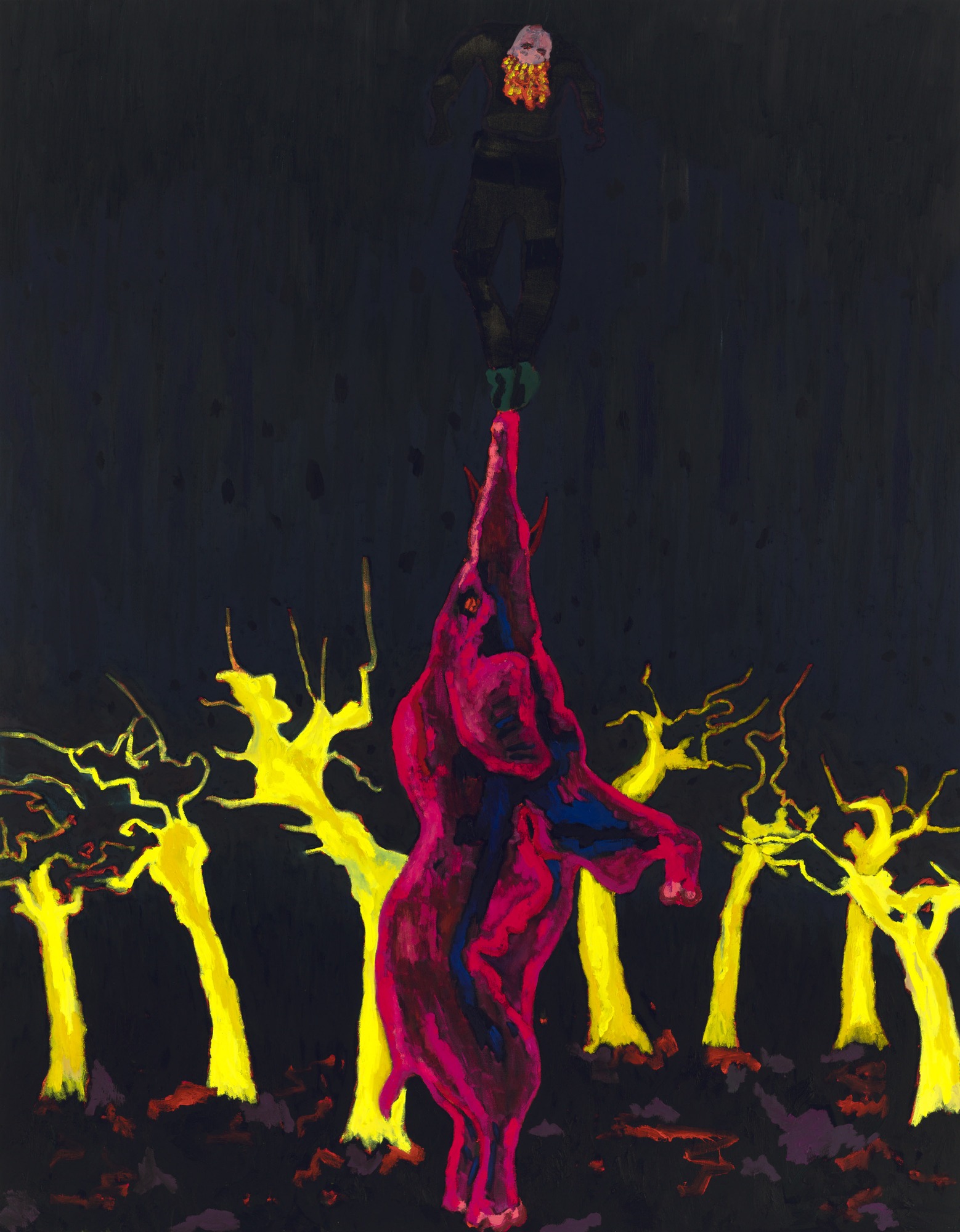
Florian Krewer
performance I, 2022
Öl auf Leinen/Oil on linen
320 × 250 cm
Courtesy Michael Werner Gallery, New York und/and London
und/and Galerie Max Hetzler, Berlin|Paris|London
performance I, 2022
Öl auf Leinen/Oil on linen
320 × 250 cm
Courtesy Michael Werner Gallery, New York und/and London
und/and Galerie Max Hetzler, Berlin|Paris|London
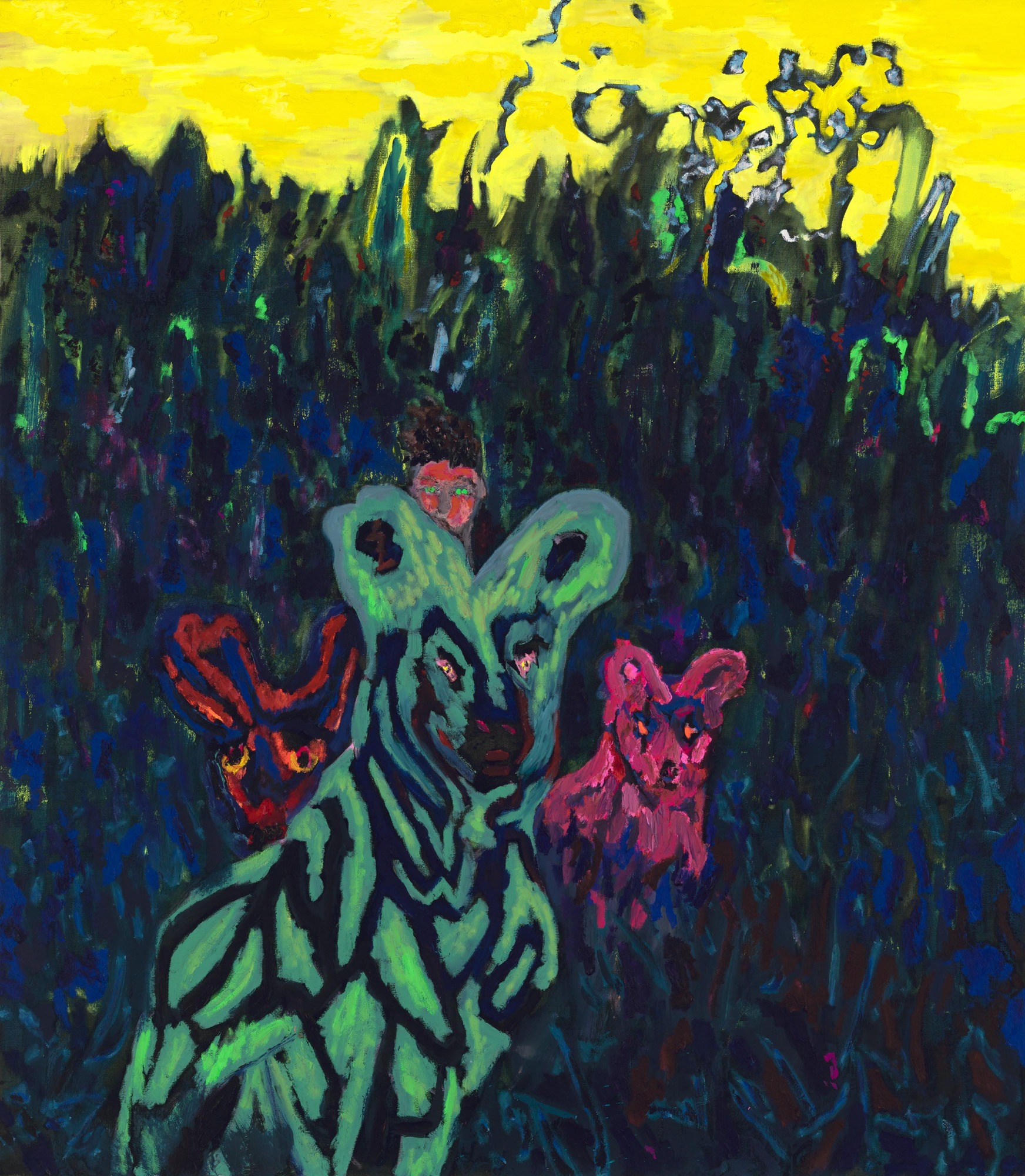
Florian Krewer
garden, 2022
Öl auf Leinen/Oil on linen
244 × 213.5 cm
Courtesy Michael Werner Gallery, New York und/and London
und/and Galerie Max Hetzler, Berlin|Paris|London
garden, 2022
Öl auf Leinen/Oil on linen
244 × 213.5 cm
Courtesy Michael Werner Gallery, New York und/and London
und/and Galerie Max Hetzler, Berlin|Paris|London

Raphaela Simon
Fall, 2022
Öl auf Leinwand / Oil on canvas
195 × 210 cm
Courtesy Michael Werner Gallery, New York und / and London
und / and Galerie Max Hetzler, Berlin|Paris|London
Fall, 2022
Öl auf Leinwand / Oil on canvas
195 × 210 cm
Courtesy Michael Werner Gallery, New York und / and London
und / and Galerie Max Hetzler, Berlin|Paris|London

Raphaela Simon
Stapel (Pile), 2022
Öl auf Leinwand / Oil on canvas
170 × 230 cm
Courtesy Michael Werner Gallery, New York und /and London
und / and Galerie Max Hetzler, Berlin|Paris|London
Stapel (Pile), 2022
Öl auf Leinwand / Oil on canvas
170 × 230 cm
Courtesy Michael Werner Gallery, New York und /and London
und / and Galerie Max Hetzler, Berlin|Paris|London
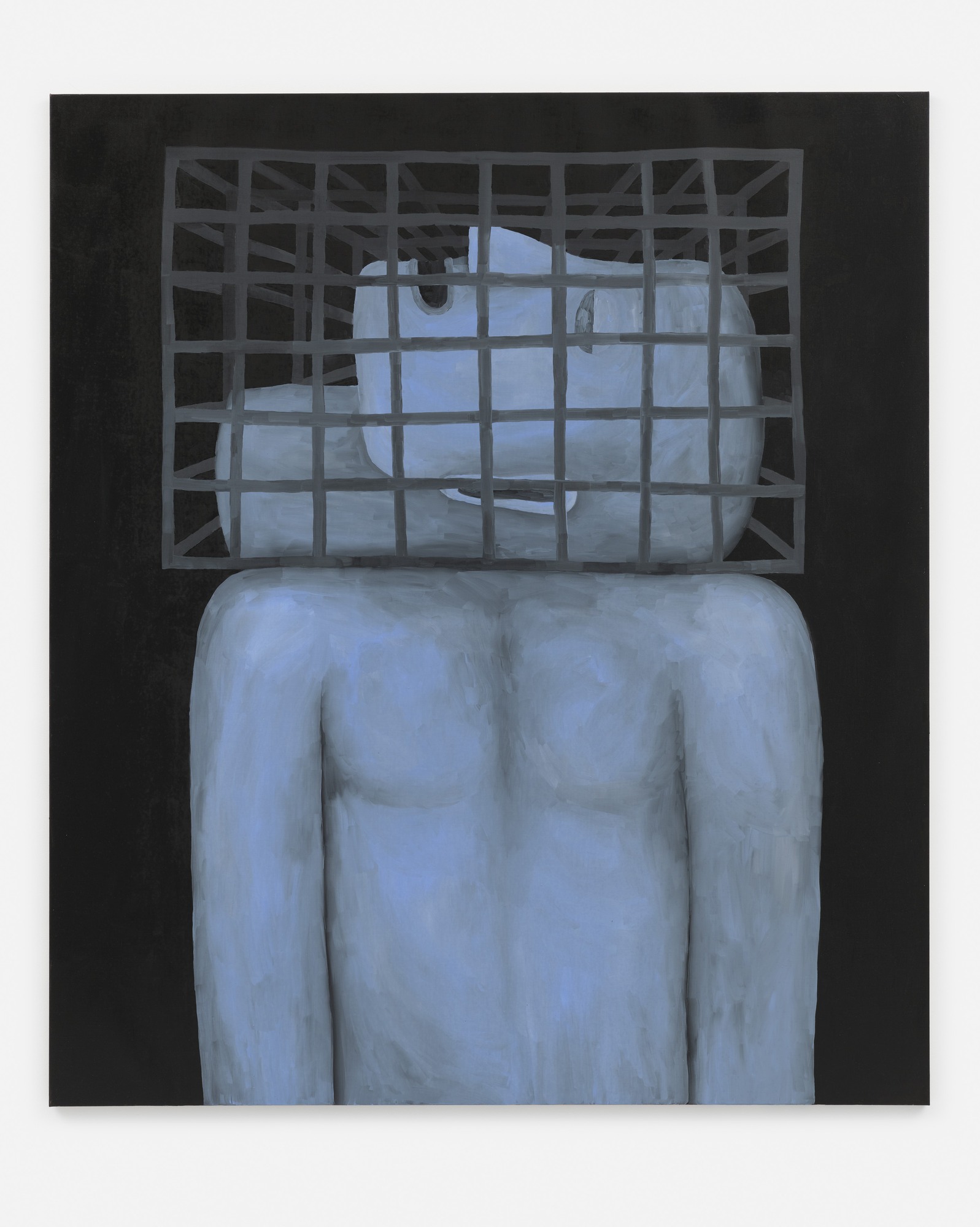
Raphaela Simon
Separee, 2022
Öl auf Leinwand / Oil on canvas
230 × 200 cm
Courtesy Michael Werner Gallery, New York und / and London
und / and Galerie Max Hetzler, Berlin|Paris|London
Separee, 2022
Öl auf Leinwand / Oil on canvas
230 × 200 cm
Courtesy Michael Werner Gallery, New York und / and London
und / and Galerie Max Hetzler, Berlin|Paris|London
Questions about bodily self-determination and self-realization, which began with the “sexualliberation” movement in the 1960s, dominate the current academic and political discourse aswell as daily life in our society. In recent decades, conventional notions of how bodies shouldlook, behave, or be represented have become increasingly flexible and fluid. However, todaydigital and social media are also giving rise to new normative notions of bodies that affect ourself-image as well as our perception of others around us. Artists are also experimenting withan artificial self with mutable bodies that can take on a wide range of forms in an associativeand unhindered manner.
This exhibition features works by three artists born in the 1980s in what are generallyconsidered the traditional genres of painting, sculpture, and photography. In the conceptualspace created by three loosely linked solo exhibitions, the individual becomes physically andmentally what they potentially represent or could be. On the visual level, the relationshipbetween real physicality and the abstract psyche is taken up and varied as a motif.
Carina Brandes, Florian Krewer, and Raphaela Simon address physicality as a changingexperience of constant pleasure and burden, as an oscillation between attraction andrepression, closeness and distance. The poles are the individual subjects and the group as autopian place of longing in which the individual strives to become part of a larger whole.
The artists do not define anything final in their art, and instead search for the reason for theexistence of things and bodies, the conditions of being human as the opposite of orcommentary on digitality. The body as an object of longing is possibility and limitation in one,freedom and submission, matter and mind. At the same time, it is an original subject that isalways there and carries us through space and time.
The title of the exhibition refers to an album by the band Workshop (Stephan Abry, Kai Althoff,Stefan Mohr, Christoph Rath), which was released in 2001 in Cologne: Es liebt Dich und DeineKörperlichkeit ein Ausgeflippter.
Carina Brandes
The Leipzig-based artist Carina Brandes (* 1982 in Braunschweig) studied at theBraunschweig University of Art under Walter Dahn. In her black-and-white photographs, sheusually presents herself, often in unusual bodily positions and in remote places, and showsscenes beyond the ordinary. The depicted movements and performative actions seemphysically demanding, intense, and grueling, and the artist herself sees them as photographicactions. She photographs them with a timer and develops the photographs in her owndarkroom. The focus of her work is the often scantily clad or naked female body, which ofteninteracts with theatrical props and sometimes also with other women, animals, or plants.Brandes’s works are characterized by physical experiences. The protagonists seem to explorethe limits and possibilities of their own bodies, appearing somewhat lost in thought, dreamy, unaware of the camera. This impression is reinforced by the use of photographic techniquessuch as long or double exposures, which leave ghostly traces or streaks reminiscent ofhallucinatory states. The photographs are not to be understood as documentations, but asatmospheric images that move between illusion and truth. Brandes presents a wide range ofworks that she has created since 2008, placing them in a broader spatial and painterlycontext within an installation.
Florian Krewer
Florian Krewer (* 1986 in Gerolstein) studied at the Kunstakademie Düsseldorf under PeterDoig and now lives in the South Bronx, New York. His large-scale oil paintings mostly showminimally depicted groups of young people in an urban environment. They often appear tense,hanging around in the dark of night. Krewer captures the mood of a generation that, influencedby pop culture shaped by hip-hop, is searching for its own identity. Like Carina Brandes, he isoften at the center of his works, together with men, women, and those who are outside orbetween the binary genders. The figures depicted demonstrate a sexual identity that knowsno boundaries. Krewer’s works are sometimes explicitly sexual and populated by bodies inaction, by fleshy tones and pink-colored orifices. Frequently they also feature animals thatemerge from between the limbs or from the groin: owls, elephants, eagles, and often tigers,which for him are symbols of a determined and strong will, or bears representing inner pain.The atmosphere that Krewer captures in his paintings is often a reflection of his thoughts andfeelings, allowing him to show love and desire. In addition to four older works, he mainlypresents works that were created this year and have a new, brighter color palette and moreplayful subjects and themes.
Raphaela Simon
Raphaela Simon (* 1986 in Villingen) also studied under Peter Doig at the KunstakademieDüsseldorf. Today she lives in Berlin and is known for her somber oil paintings with simple,indistinct forms against monochrome backgrounds. She shows people and things which,because of their reduced depiction, are often only recognizable by their titles, which refer toordinary objects or motifs (such as Zuckerwürfel (sugar cube) or Säge (saw)). Her figures,sculptural or painted, remain anonymous and unapproachable. The faces are devoid of detailsand often seem extraterrestrial and oppressive; the figures are free of clothing and otherattributes. While she used bolder colors in older works, Simon mostly paints her currentfigures and objects in shades of blue, red, pink, or gray, almost always on black backgroundsthat draw the eye in like black holes. The resulting gloom is reinforced by painted cages orfences, in which Simon sometimes confines her figures. In addition to more recent large-scaleoil paintings, she presents faceless, oversized fabric sculptures made especially for theexhibition, which seem strange and yet interesting, even though or perhaps precisely becausethey cannot be categorized. Many of her textile sculptures were created at the same time asher paintings and reveal a dialogue with the works on canvas.
This exhibition features works by three artists born in the 1980s in what are generallyconsidered the traditional genres of painting, sculpture, and photography. In the conceptualspace created by three loosely linked solo exhibitions, the individual becomes physically andmentally what they potentially represent or could be. On the visual level, the relationshipbetween real physicality and the abstract psyche is taken up and varied as a motif.
Carina Brandes, Florian Krewer, and Raphaela Simon address physicality as a changingexperience of constant pleasure and burden, as an oscillation between attraction andrepression, closeness and distance. The poles are the individual subjects and the group as autopian place of longing in which the individual strives to become part of a larger whole.
The artists do not define anything final in their art, and instead search for the reason for theexistence of things and bodies, the conditions of being human as the opposite of orcommentary on digitality. The body as an object of longing is possibility and limitation in one,freedom and submission, matter and mind. At the same time, it is an original subject that isalways there and carries us through space and time.
The title of the exhibition refers to an album by the band Workshop (Stephan Abry, Kai Althoff,Stefan Mohr, Christoph Rath), which was released in 2001 in Cologne: Es liebt Dich und DeineKörperlichkeit ein Ausgeflippter.
Carina Brandes
The Leipzig-based artist Carina Brandes (* 1982 in Braunschweig) studied at theBraunschweig University of Art under Walter Dahn. In her black-and-white photographs, sheusually presents herself, often in unusual bodily positions and in remote places, and showsscenes beyond the ordinary. The depicted movements and performative actions seemphysically demanding, intense, and grueling, and the artist herself sees them as photographicactions. She photographs them with a timer and develops the photographs in her owndarkroom. The focus of her work is the often scantily clad or naked female body, which ofteninteracts with theatrical props and sometimes also with other women, animals, or plants.Brandes’s works are characterized by physical experiences. The protagonists seem to explorethe limits and possibilities of their own bodies, appearing somewhat lost in thought, dreamy, unaware of the camera. This impression is reinforced by the use of photographic techniquessuch as long or double exposures, which leave ghostly traces or streaks reminiscent ofhallucinatory states. The photographs are not to be understood as documentations, but asatmospheric images that move between illusion and truth. Brandes presents a wide range ofworks that she has created since 2008, placing them in a broader spatial and painterlycontext within an installation.
Florian Krewer
Florian Krewer (* 1986 in Gerolstein) studied at the Kunstakademie Düsseldorf under PeterDoig and now lives in the South Bronx, New York. His large-scale oil paintings mostly showminimally depicted groups of young people in an urban environment. They often appear tense,hanging around in the dark of night. Krewer captures the mood of a generation that, influencedby pop culture shaped by hip-hop, is searching for its own identity. Like Carina Brandes, he isoften at the center of his works, together with men, women, and those who are outside orbetween the binary genders. The figures depicted demonstrate a sexual identity that knowsno boundaries. Krewer’s works are sometimes explicitly sexual and populated by bodies inaction, by fleshy tones and pink-colored orifices. Frequently they also feature animals thatemerge from between the limbs or from the groin: owls, elephants, eagles, and often tigers,which for him are symbols of a determined and strong will, or bears representing inner pain.The atmosphere that Krewer captures in his paintings is often a reflection of his thoughts andfeelings, allowing him to show love and desire. In addition to four older works, he mainlypresents works that were created this year and have a new, brighter color palette and moreplayful subjects and themes.
Raphaela Simon
Raphaela Simon (* 1986 in Villingen) also studied under Peter Doig at the KunstakademieDüsseldorf. Today she lives in Berlin and is known for her somber oil paintings with simple,indistinct forms against monochrome backgrounds. She shows people and things which,because of their reduced depiction, are often only recognizable by their titles, which refer toordinary objects or motifs (such as Zuckerwürfel (sugar cube) or Säge (saw)). Her figures,sculptural or painted, remain anonymous and unapproachable. The faces are devoid of detailsand often seem extraterrestrial and oppressive; the figures are free of clothing and otherattributes. While she used bolder colors in older works, Simon mostly paints her currentfigures and objects in shades of blue, red, pink, or gray, almost always on black backgroundsthat draw the eye in like black holes. The resulting gloom is reinforced by painted cages orfences, in which Simon sometimes confines her figures. In addition to more recent large-scaleoil paintings, she presents faceless, oversized fabric sculptures made especially for theexhibition, which seem strange and yet interesting, even though or perhaps precisely becausethey cannot be categorized. Many of her textile sculptures were created at the same time asher paintings and reveal a dialogue with the works on canvas.
